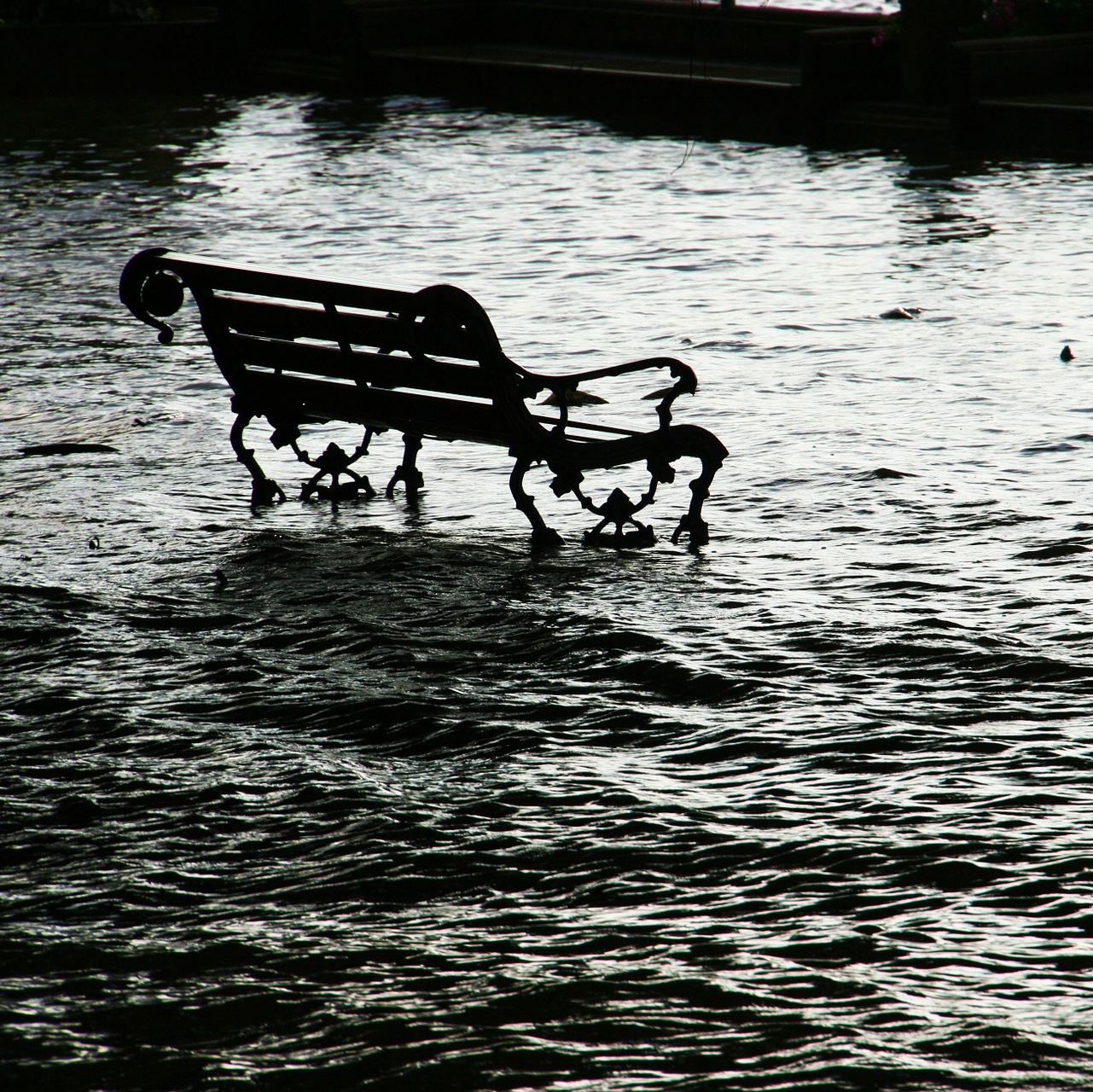Nashville insurance insight: What you should know about flood insurance
/
The main thing on my mind this week, as south Texas is struggling in the wake of Hurricane Harvey: researching ways I can help from here in Nashville, like contributing to the Community Foundation of Middle Tennessee’s Harvey relief efforts and to All Hands Volunteers, who are putting helping hands on the ground as we speak.
Given what I do for a living, I also can’t help but think about how many Houston homeowners will be struggling not only with having their lives turned upside-down, but with the added financial difficulties that come with not having flood insurance in place.
Must-know flood insurance facts
Many of our neighbors were unfortunately surprised by this fact during the 2010 flood in Nashville: Standard homeowners insurance and renters insurance policies don’t cover flood damage.
Those policies cover a host of other natural disasters — from tornado damage to lightning strikes — but floodwaters are an exception.
That isn’t because flooding is too uncommon to be included. Floods are actually the most common and the most costly of natural disasters that occur in the U.S. The National Flood Insurance Program says that a full 90 percent of natural disasters here in America involve flooding.
And to give just a basic sense of how costly flood damage can be: From the 2010 Nashville flood alone, Davidson County took on $2 billion in damages. On a smaller scale: According to FEMA figures, an inch of water in a 2,000-square-foot home can lead to more than $20,000 in damages.
I was initially hopeful that, being close to the coast, south Texans by and large sought out flood insurance. But Dallas News figures made that seem unlikely — only 1 in 5 Texas homeowners, they said, has flood protection.
Getting covered for floods
Basic flood insurance comes through The National Flood Insurance Program, which operates under FEMA. Although it’s a federal program, you don’t purchase a policy through the feds — an insurance agent can help you get flood insurance in place.
Your NFIP policy would cover flood damage from a wide mix of causes: heavy/sustained rain, storm surges, levee or dam failures, snow melt and more. For your particular situation to be designated a “flood,” according to the Insurance Information Institute, water needs to cover at least two acres, or affect two properties.
Something to know: You can’t put flood insurance in place in a rush, when weather reports indicate an imminent possibility. There’s a 30-day waiting period before coverage kicks in. (The one exception is when it’s obtained alongside a mortgage.) So flood insurance is a plan-ahead thing (like most insurance coverage, really).
Deciding whether or not to seek out flood insurance
You’re probably familiar with flood plains — areas that are deemed a particularly high flood risk. FEMA Floodplain maps break down different areas according to calculated risk, with areas marked as a 500 year floodplain and 100 year floodplain. Those designations don’t mean you can expect one major flood every 500 years, etc. — they mark probability. In a 100 year floodplain, you have a 1 percent chance of flooding each year. In a 500 year floodplain, it’s .2 percent (or 1 in 500).
Not sure about your Nashville property? Check out the FEMA Floodplain/Floodway map for Nashville here.
If you haven’t looked in a while, it’s not a bad idea to look again; flood maps are regularly revised. In our area, thousands of additional homes were marked high-risk just a few years ago.
If your home falls in a flood zone or high-risk flood area, your mortgage company will likely require you to get flood coverage in place. But falling outside a high-risk area doesn’t necessarily mean you should totally ignore flood insurance.
Here’s a stat from FEMA that explains why: About 25 percent of flood insurance claims come from homeowners in moderate- to low-risk areas. In those areas, you might seek out a lower-cost Preferred Risk Policy to have some coverage in place.
What flood insurance costs
As with all kinds of insurance coverage, it depends on a lot of factors, but here are some averages:
A residential NFIP policy starts at $112 per year, with rates depending on risk level and coverage needs. According to the III, the average annual premium was $663 in 2015, for coverage of about $243,000.
NFIP coverage has its limits, too. The maximum available is $250,000 for the residence itself, $100,000 for your belongings. And your NFIP policy won’t cover things like temporary living expenses while you’re displaced.
If those limits don’t meet your needs, you still have some options — private insurance companies offer excess flood insurance that can bring you closer to fully covering your assets. In a low-risk area, something like that might not be necessary, but in higher-risk areas, it may give you extra peace of mind.
If there’s anything else insurance-related I can tell you more about, please reach out: Call or email Tucker Coverage here. Always happy to help my Nashville neighbors.





